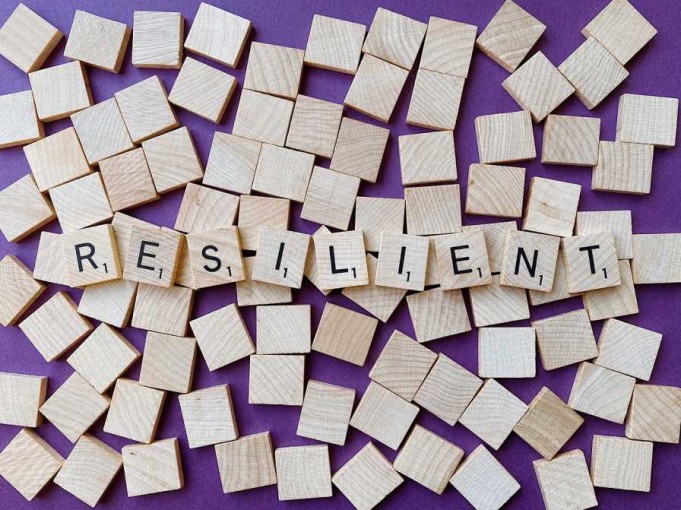How do Successful People Master Resilience?
Resilience is always built by being able to cope with extremely tough challenges. It is undoubtedly an adaptation process that takes place in the face of a tragedy, trauma or extreme stress. Thus, if you are willing to get knocked down over and over again, only then you will be able to master the art of resilience. This happens to be one of the key strengths of successful people. They always tend to understand that each crisis they are faced with is an opportunity to learn and grow in disguise.
Also, remember that the skill of resilience has to be mastered in order to be successful in the long run. In this article, we are going to discuss how successful people master resilience.
Make Sure to Build a Circle of Trust
When faced with a crisis, it is important to have people with whom you can trust to fall back. This is something that all successful people have built over time – a circle of trust. A key part of building up or strengthening resilience is to build a very tight-knit circle of people with whom you can easily trust. These people could be anyone from your family, loved ones, to your close friends. Make sure that these people who are in your circle of trust know that you are experiencing conflict. You must be able to share all your feelings and concerns with them without fearing that you will be judged.
There have been many studies that show that having caring and supportive relationships is one of the primary factors in building up resilience. People who tend to have a very high social support level often are able to better cope with stressful times.
Change Your Perspective About Your Struggles
The way you view your struggles or stressful situations can very well define whether you will make the crisis worse or you will be able to minimize it. This is commonly known as cognitive reframing. It involves an individual trying to change their perspective in a way that creates less stress. Being able to successfully do this will also be able to give you a greater sense of peace and control. Therefore, always try to reframe a tough situation in a more positive way.
Many research studies have also shown that this particular ability can also change an individual’s physical responses to stress. This is because the body’s stress response is often triggered by what is known as ‘perceived’ stress.
Now, to be able to shift your perspective effectively you need to be aware of how you process things in general. For instance, try asking yourself if you often tend to feel more optimistic or pessimistic when it comes to considering upcoming situations. If your answer surfaces as you feeling pessimistic, then make sure to monitor yourself when you are slipping into patterns of extreme negative thinking.
Conclusion
This brings us to the end of our discussion on how successful people master the art of resilience.









